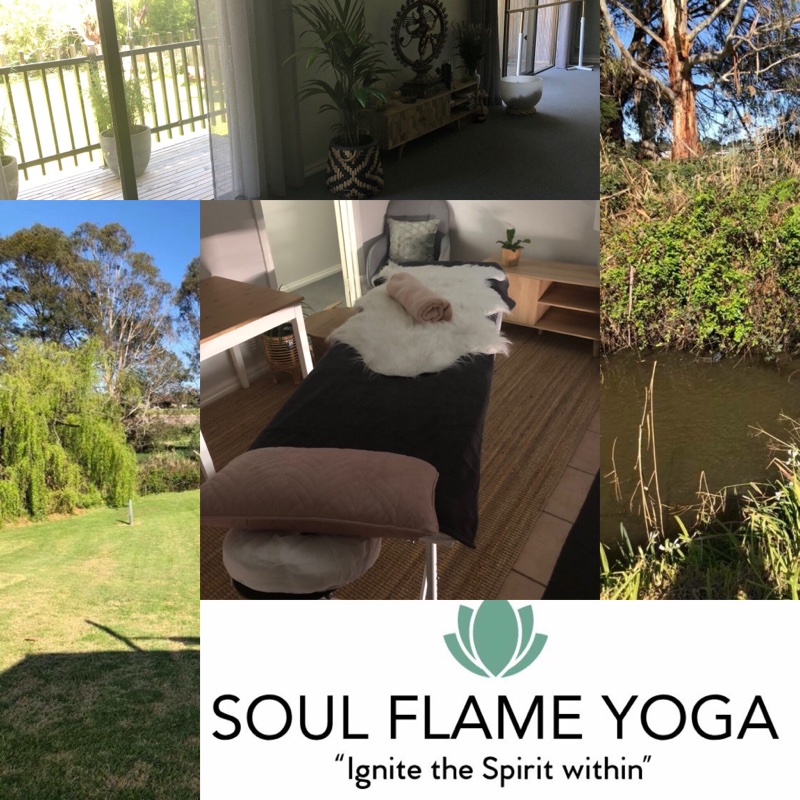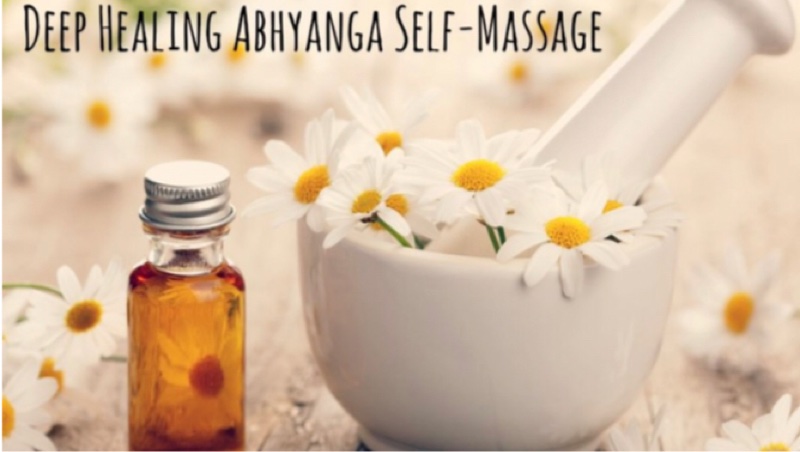Sakuras' big news!!... valentines day......self love....& latest special offers!!
- Helen Mills
- Jan 15, 2021
- 5 min read
Hi everyone, I hope you all had a lovely time over the holiday season! I cant believe we are already in February, I have been busy setting up my new space at Soul Flame Yoga in Beaconsfield. I am really happy to offer this lovely space which is located in the heart of Beaconsfield overlooking the beautiful Cardinia Creek. I am really happy to be able to offer 2 tranquil locations for Sakura.
I am now taking appointments tue, wed & fridays am & pm times available, hope to see you there & check out the beautiful yoga studio!
With Valentines day fast approaching, it got me thinking about love & what it means to me. I like to think of it as a great reminder to check in with yourself & loved ones to see how your feeling and maybe be a bit more mindful on how you treat yourself & your loved ones with some extra special attention, this could be just as easy as a beautiful healthy meal, relaxing bath, signing up for a class that you've always wanted to do, a lovely chat with friends & family, or my favourite.... relaxing massage & facial............
Whatever you decided to do, Happy Valentines from me :)
With Yoga on my mind I thought I would share the ancient Ayurveda, (sister science to yoga) self love/massage technique with you all, I am more than happy to give you a demo on this easy practice & help guide you with your specific dosha if interested, find my doshas here.https://www.gaia.com/article/quiz-what-s-your-ayurvedic-dosha............article from Gaia & for more info & links head to Gaia.com
THE ABHYANGA SELF-MASSAGE FOR AYURVEDIC DEEP HEALING
By: Gaia Staff | June 5, 2014
An “Abhyanga” is a massage using oil, according to the Ayurvedic tradition. Ayurveda, in case you’ve missed it, is a 5000 year old traditional Hindu healing system that takes into account the constitution, or “dosha” of each individual. It balances the body accordingly, using diet, herbal and mineral remedies, yoga and yogic breathing, massage and other detox rituals. Essentially, it’s one of the oldest, most respected holistic healing systems.
The Abhyanga practice is a special wellness ritual that you can do daily. According to the Chopra Center website, it’s extremely valuable to practice on yourself regularly, “When stimulated through therapeutic touch or massage, the skin releases a pharmacy of healing chemicals that have health- promoting effects on the physiology. In addition to feeling good, regular massage and loving touch detoxifies the body’s tissues, increases circulation, calms the mind, and enhances immune function.
“The body of one who uses oil massage regularly does not become affected much even if subjected to accidental injuries, or strenuous work. By using oil massage daily, a person is endowed with pleasant touch, trimmed body parts and becomes strong, charming and least affected by old age.”
Charaka Samhita Vol. 1, V: 88-89, “Giving yourself a daily self-abhy with aromatherapy massage oils is a deeply healing and deeply enjoyable ayurvedic practice that activates the body’s inner pharmacy and slows the aging process. Depending upon your unique mind-body type (dosha), your massage technique can be gentle or more vigorous.”
ABHYANGA BENEFITS
So, what are the benefits, exactly? Doing an Abhyanga can:
Increase the softness and healthy glow of the skin
Flush toxins from the lymphatic system Decreases Vata (autoimmune illnesses such as Rheumatoid Arthritis and Polymositis are considered Vata imbalances and self massage is extremely beneficial for calming symptoms) Strengthens the Dhatus (the body’s tissues in accordance to the Ayurvedic texts) and helps tone muscles
Increases strength and stamina Improves vision
Promotes healthy sleep Reduces anxiety and depression Promotes flexibility
Release healthy endorphins which, in turn, help balance hormones, an especially important practice for women
BEST DOSHA PRACTICES
Before you go diving in, there is one essential key to examine first. You must know your dosha; as Ayurveda is a holistic, individual- based system, “one size fits all” is definitely not the practice. You can take a quick dosha quiz here, and then figure out the best Abhyanga practice based on your body type.
VATA
Vata types require a warming oil like sesame or almond. For your body type, it’s best to do an Abhyanga 2-3 times a week. Vata is a cold and dry Dosha, so warm oil is very nourishing in balancing your systems. It helps lubricate the dry skin and protect the joints as well. Mahanarayan oil and Dhanvantaram are two classical oils used in Ayurveda to help alleviate the inflammation and stiffness of joints. A light to medium pressure should be used.
PITTA
A hotter Dosha than Vata, Pitta types need a cooling type oil in order to balance, so coconut and olive oils are an excellent choice. Medium pressure should be used when massaging. Many Pitta types have inflammatory skin issues. Ayurveda has some specific oils for use on specific ailments.
KAPHA
Kapha is another Dosha that requires a warming oil. Use mustard and sunflower; both are excellent choices. Sesame is also a very good choice, particularly if you live in a cooler climate. Medium to heavy pressure is recommended and best for Kapha types, which will let the oil deeply penetrate as it should.
Now you’re ready to go! Here are the steps you will need to take for your Abhyanga:
ABHYANGA STEPS
1. Begin by running some hot water over the bottle to gently warm the oil; warm oil is best to work with on your body.
2. You can use a loofah or body brush to dry brush the entire body.
3. Pour a tablespoon of warm oil onto your scalp and vigorously work in the oil.
4. Using your fingertips, vigorously massage your head and scalp with small circular strokes, as if you are shampooing.
5. Move to your face and ears, massaging more gently.
6. Using an open hand to create friction, massage both the front and back of the neck.
7. Vigorously massage your arms, using a circular motion at the shoulders and elbows, and back- and-forth motions on the upper arms and forearms. Massage in the direction of the hair follicles, allowing the oil to cover the body evenly.
8. When performing Abhyanga on the joints, use a circular motion.
9. When massaging your chest and stomach, use a gentle circular motion and a straight up-and- down motion over the breastbone.
10. After applying a bit of oil to both hands, gently reach around to the back and spine and massage them as well as you can without straining. Start at the base of the spine and work upwards in a long, continuous stroke. You can also have a partner help you with this part.
11. Vigorously massage your legs as you did your arms, using circular motions at the ankles and knees, back-and-forth motions on the long parts.
12. After massaging your legs, spend extra time on your feet. The feet contain many important Marmas (pressure points in accordance to the principles of Ayurveda). Using the open part of your hand, massage vigorously back and forth over the soles of the feet. When massaging the feet, be sure to apply the oil to the entire foot, taking care to get in between the toes.
13. After the application of oil, sit quietly for 5-15 minutes to allow the oil to be properly absorbed by your skin. During this time you may choose to meditate, as it’s a good time set apart for relaxed spiritual practice. Keeping a thin, almost imperceptible film of oil on the body is considered very beneficial for toning the skin and warming the muscles throughout the day. Or, you can take a shower once the oils have absorbed.







Kommentare